The Problem:

The Question
The paragraph will fill the complete width of the page in
- Firefox
- Firefox Mobile (tested with 4.0.3 on SGS2)
- Chrome
- Chrome Mobile Beta (tested with 4.0.3 on SGS2)
- Internet Explorer
- Internet Explorer Mobile (testes with Windows Phone Emulator)
- Opera Mobile (tested with 4.0.3 on SGS2)
- Android native browser (tested with 4.0.3 on SGS2 and Android emulator)
What do I have to do so it does the same in the default Android browser?
I tried:
Please note that this example is reduced to show the problem which I have on a much larger page. So I would like the solution to be as little disruptive as possible. For example, setting all paragraphs on my site to float seems like a bad idea.
width
Increasing the value of the width property on the p CSS class has no effect.
Relative values: 100% and 1000% have no effect. Values <100% have an effect (paragraph becomes thinner).
Absolute values: 1000px doesn't expand the width, low values decrease it though.
float
When setting float : right; on the paragraph, it will display as desired:

CSS Reset
When I insert these CSS Reset styles, the width of the paragraph is unaffected.
position
When setting position to absolute on the paragraph, it will display as desired. But I'm unsure if that would be safe to generally have enabled.
The Source:
<!DOCTYPE html
PUBLIC "-//W3C//DTD XHTML 1.0 Transitional//EN"
"http://www.w3.org/TR/xhtml1/DTD/xhtml1-transitional.dtd">
<html xmlns="http://www.w3.org/1999/xhtml">
<head>
<title>Android Browser Issue</title>
<meta http-equiv="Content-Type" content="text/html; charset=utf-8" />
<style>
body {
border : 3px dotted green;
margin : 0;
padding: 0;
}
p {
border : 3px solid red;
margin : 0;
padding: 0;
}
</style>
</head>
<body>
<p>Lorem ipsum dolor sit amet, consetetur sadipscing elitr, sed diam nonumy eirmod tempor invidunt ut labore et dolore magna aliquyam erat, sed diam voluptua. At vero eos et accusam et justo duo dolores et ea rebum. Stet clita kasd gubergren, no sea takimata sanctus est Lorem ipsum dolor sit amet. Lorem ipsum dolor sit amet, consetetur sadipscing elitr, sed diam nonumy eirmod tempor invidunt ut labore et dolore magna aliquyam erat, sed diam voluptua. At vero eos et accusam et justo duo dolores et ea rebum. Stet clita kasd gubergren, no sea takimata sanctus est Lorem ipsum dolor sit amet.</p>
</body>
</html>
You can see it here: http://jsfiddle.net/EYcWL/embedded/result/ or go there directly: 